
As the back-to-school season approaches, homeschool families with preschoolers often find themselves navigating the challenge of establishing a routine that meets the needs of their youngest learners while balancing the demands of home life. Whether you're homeschooling just one child, or juggling the needs of older or younger siblings, crafting a homeschool routine that works for your family is key to creating a successful and stress-free school year.
Setting the Foundation: Understanding Your Preschooler's Needs
Preschoolers thrive on routine and predictability, but they also need plenty of flexibility to explore, play, and learn at their own pace. When designing your homeschool routine, it’s important to remember that preschoolers learn best through play and hands-on activities. Formal "school" time should be short and sweet, focusing on building foundational skills in a way that feels fun and engaging.
Routine Ideas for Families with Only Preschoolers
If your preschooler is your only child, you can focus your routine entirely on their needs and interests.
Here’s a sample routine:
- Morning:
- Breakfast and Morning Chores: Start the day with a healthy breakfast followed by simple chores. This sets the tone for the day and gives your preschooler a sense of responsibility.
- Circle Time: Spend 15-20 minutes on structured activities like reading a story, singing songs, or reviewing the calendar and weather. This is a great way to gently transition into learning mode.
- Learning Time: Focus on short, hands-on activities that target key skills like letter recognition, counting, or fine motor skills. Keep this session to about 30 minutes.
- Midday:
- Snack and Outdoor Play: Head outside for some fresh air and gross motor play. This can include a nature walk, playground time, or free play in the yard.
- Creative Time: After some active play, transition into a quieter, creative activity like drawing, painting, or building with blocks.
- Afternoon:
- Lunch and Rest: Enjoy a relaxed lunch followed by quiet time. This could be naptime for your preschooler or a time for quiet reading and puzzles.
- Afternoon Activities: This could include a mix of free play, practical life activities (like helping with cooking or laundry), or more hands-on learning if your child shows interest.
- Evening:
- Family Time and Dinner: Spend some time together as a family before dinner. You can read books, do a puzzle, or just talk about your day.
- Bedtime Routine: Start winding down with a consistent bedtime routine that helps your preschooler relax and prepare for sleep.
Adapting Your Routine for Families with Older Children
If you have older children, balancing their homeschooling needs with those of your preschooler can be challenging. Here’s how to structure your day:
- Morning:
- Combined Morning Routine: Begin the day together with breakfast and morning chores. You can include your preschooler in morning routines like circle time, but keep their activities short and sweet.
- Learning Time for Older Kids: Set your older children up with independent work while you spend focused time with your preschooler. This could be during the older kids’ reading or math practice time.
- Midday:
- Outdoor Play for All: Take everyone outside for a break. Older kids can engage in more structured physical activities while your preschooler enjoys free play.
- Co-Working Time: After outdoor time, have your preschooler work on a quiet activity like a puzzle or coloring while you assist older children with more hands-on subjects.
- Afternoon:
- Rest and Independent Work: Utilize quiet time for your preschooler’s rest or quiet play, allowing you to give your older children undivided attention for subjects that need your involvement.
- Group Learning: Engage in a group learning activity that’s suitable for all ages, like a science experiment, art project, or baking activity.
- Evening:
- Family Time: Encourage bonding through shared activities that everyone can enjoy, like a family game night or storytelling session.
Including Younger Siblings in the Routine
For families with a baby or toddler, maintaining a homeschool routine can feel overwhelming, but it’s definitely possible with a bit of planning and flexibility:
- Morning:
- Tag-Team Parenting: If possible, take turns with your partner in managing the baby while the other parent leads morning homeschool activities.
- Babywearing: If your baby enjoys being worn, you can keep them close while engaging your preschooler in learning activities.
- Midday:
- Synchronized Naps: If you can sync up the baby’s nap with your preschooler’s quiet time, this gives you a chance to tackle household tasks or spend time with older children.
- Simple Sensory Play: Set up a safe sensory activity for your toddler near your homeschooling area so they can engage in independent play while you teach.
- Afternoon:
- Flexible Learning: Make use of your baby’s nap times for focused learning with your preschooler, or involve them in practical life activities like sorting laundry or preparing simple snacks.
- Evening:
- Winding Down Together: End the day with calming activities that everyone can participate in, like reading books or gentle play, ensuring a smooth transition to bedtime.
Balancing Homeschooling with Home Management
Managing a home while homeschooling requires careful planning, but it’s not impossible. Here are some tips to help:
- Incorporate Chores into Learning: Use household chores as practical life lessons for your preschooler. They can help with sorting laundry by color, setting the table, or watering plants.
- Meal Planning: Simplify your routine by meal planning and prepping in advance. Involve your preschooler in cooking activities, which can also serve as a learning opportunity.
- Time Blocking: Dedicate specific blocks of time for homeschooling, chores, and personal time. Stick to your schedule as much as possible, but allow flexibility when needed.
- Use Visual Schedules: A visual schedule can help your preschooler understand what comes next, making transitions smoother and helping you stick to your routine.
Creating a back-to-school homeschool routine with your preschooler may take some trial and error, but with patience and consistency, you can find a rhythm that works for your family. Remember to keep the routine flexible and adaptable, especially if you’re balancing the needs of older or younger siblings. By focusing on a balance between learning, play, and home management, you’ll set the stage for a successful and enjoyable homeschool year.
- Jeni
___________________
**ALL THINGS HOMESCHOOL PRESCHOOL**
Check out my PRESCHOOL CURRICULUM! This is where you get all of my unit studies, activities, tips, and more!!
FREEBIE: Preschool Curriculum Map!
Check out my website for blogs and freebies!
All of the products on this page are products my kids and I use and love or products I personally recommend!
All of the opinions expressed here are my own. With that said, this page contains affiliate links that, at no additional cost to you, I may earn a small commission.






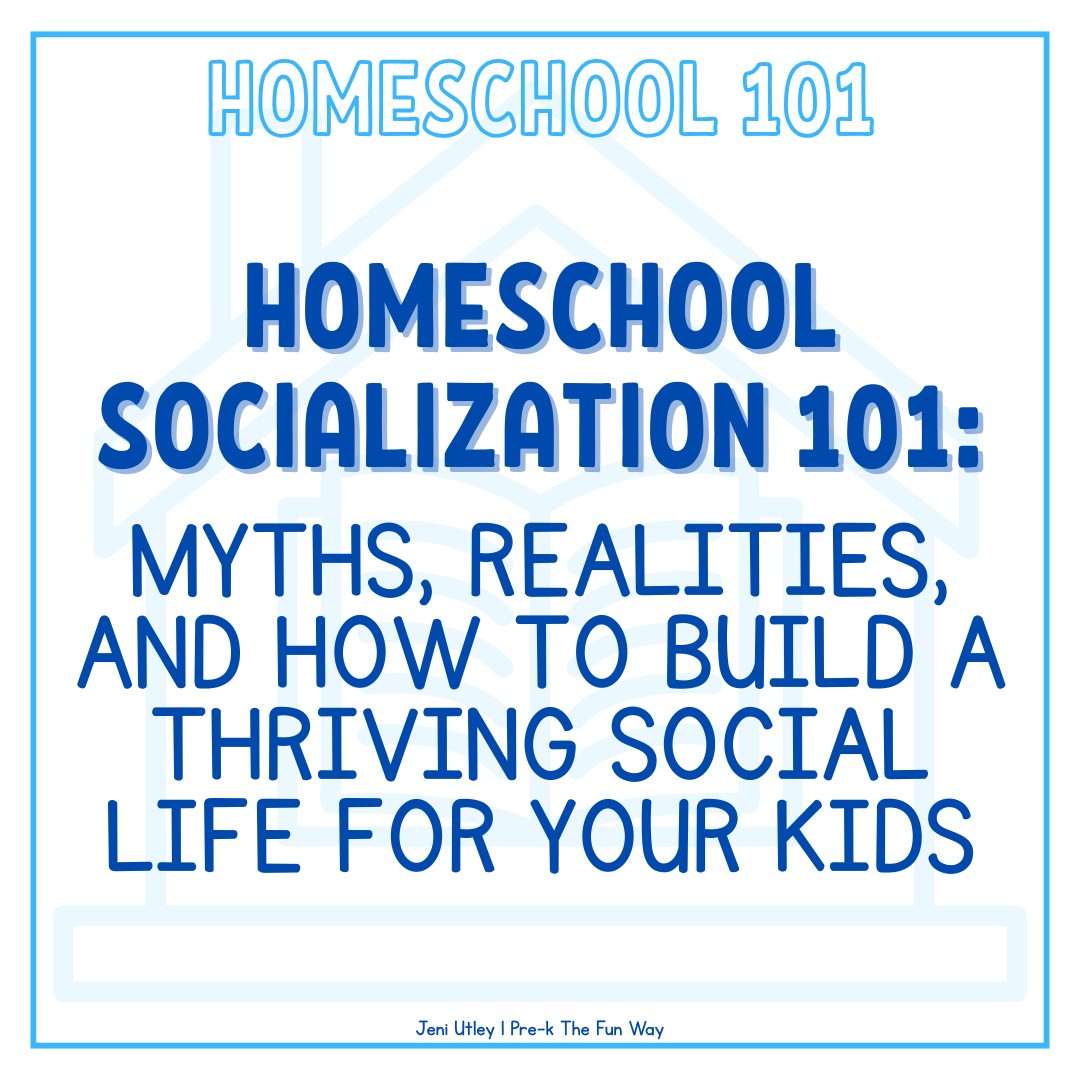
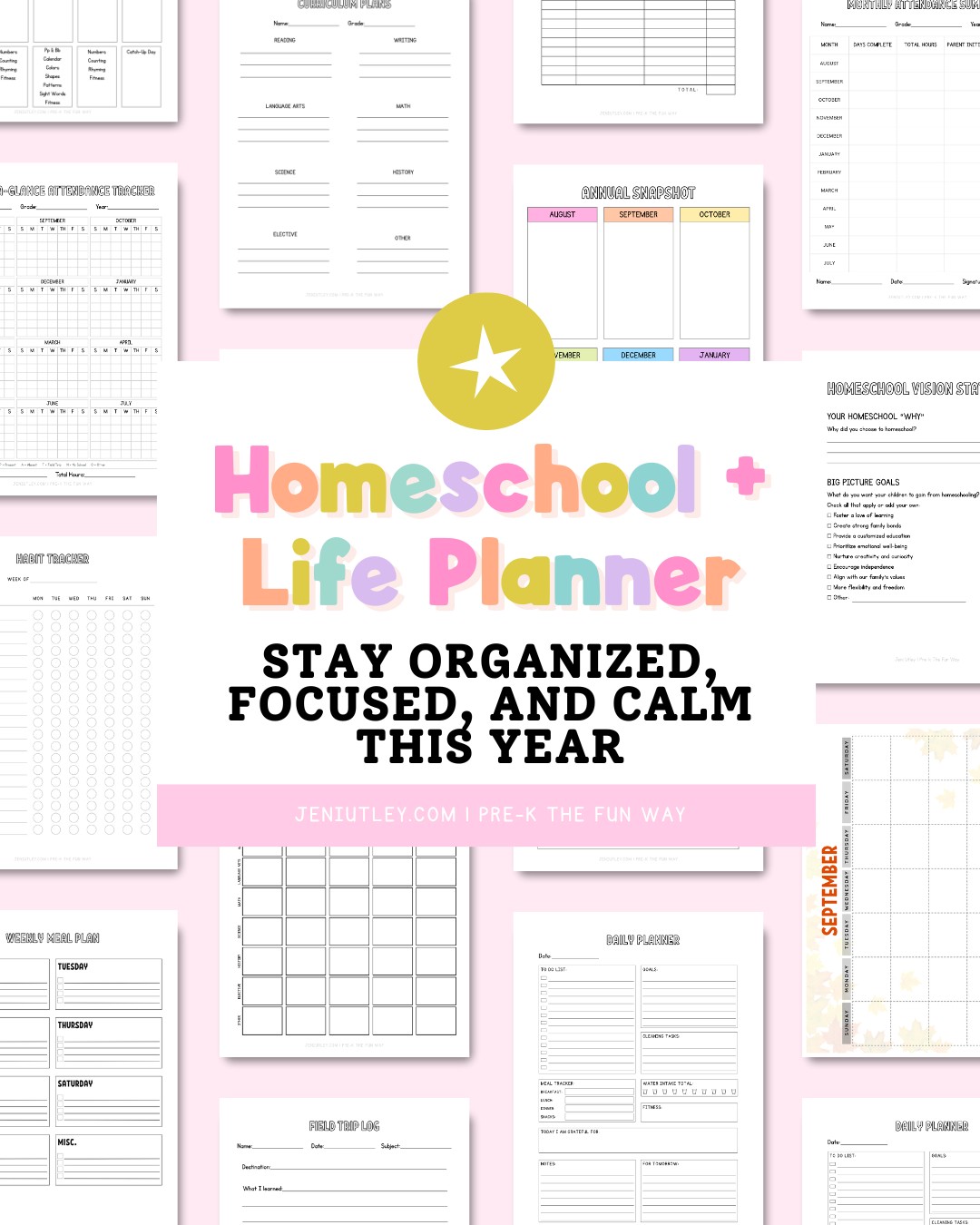

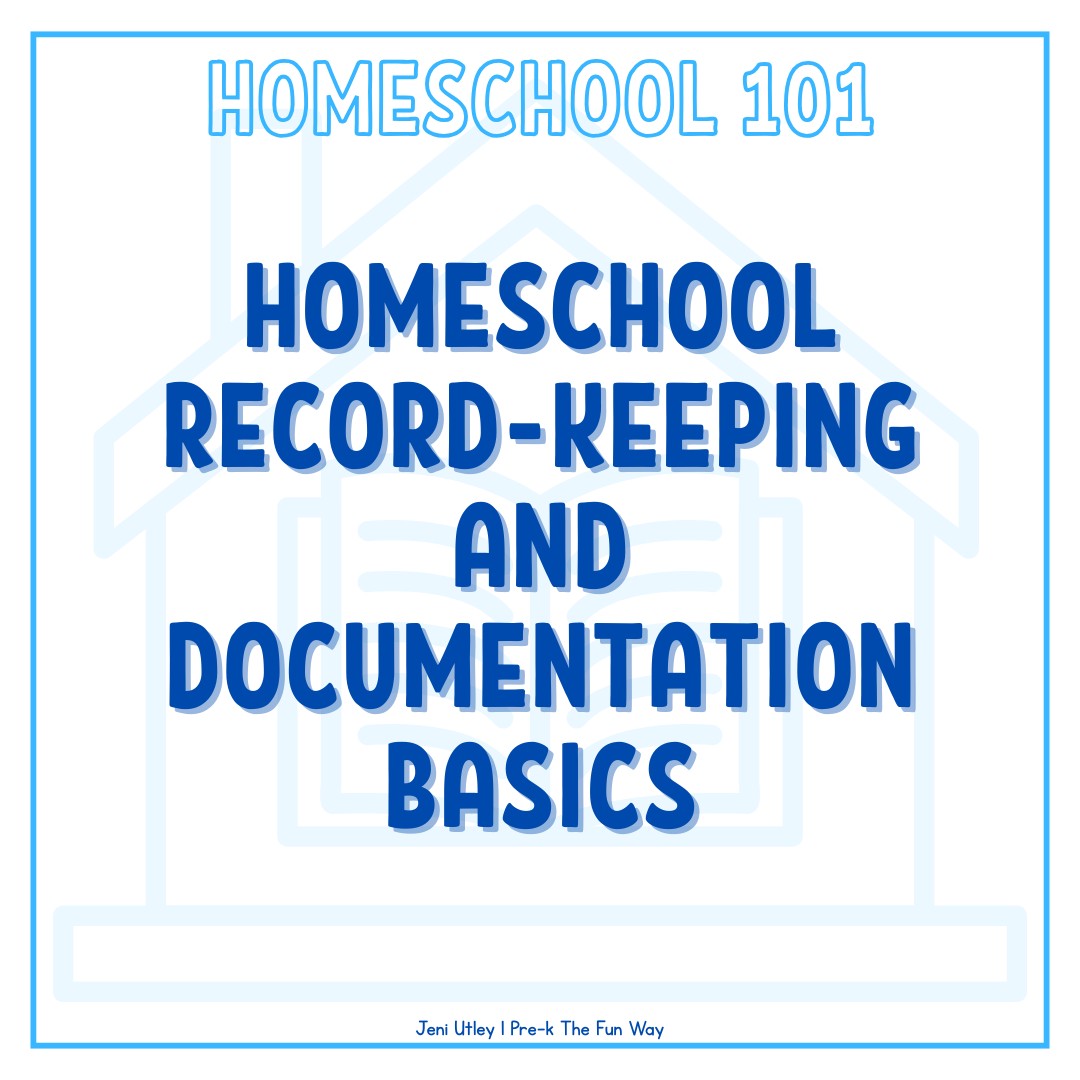
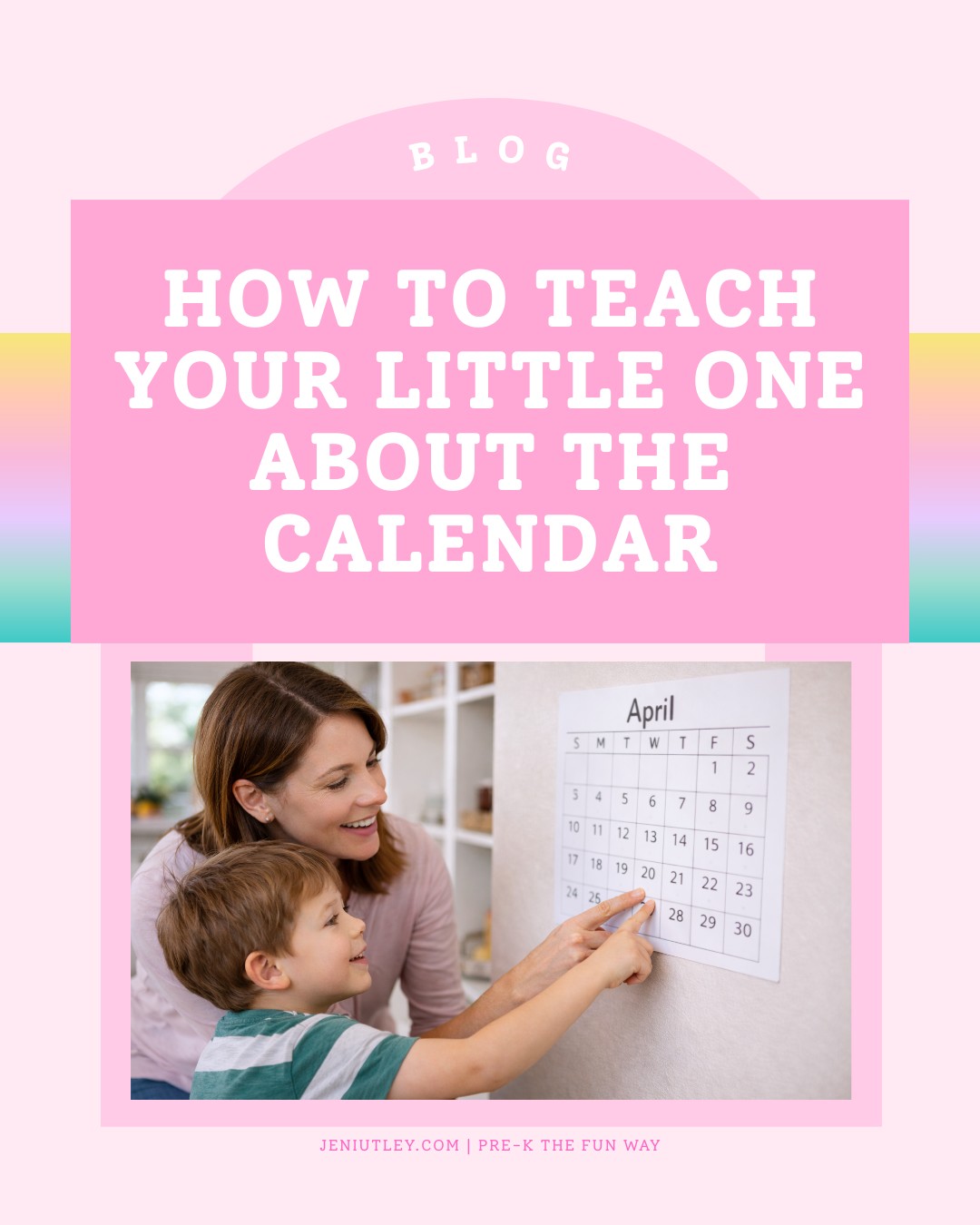
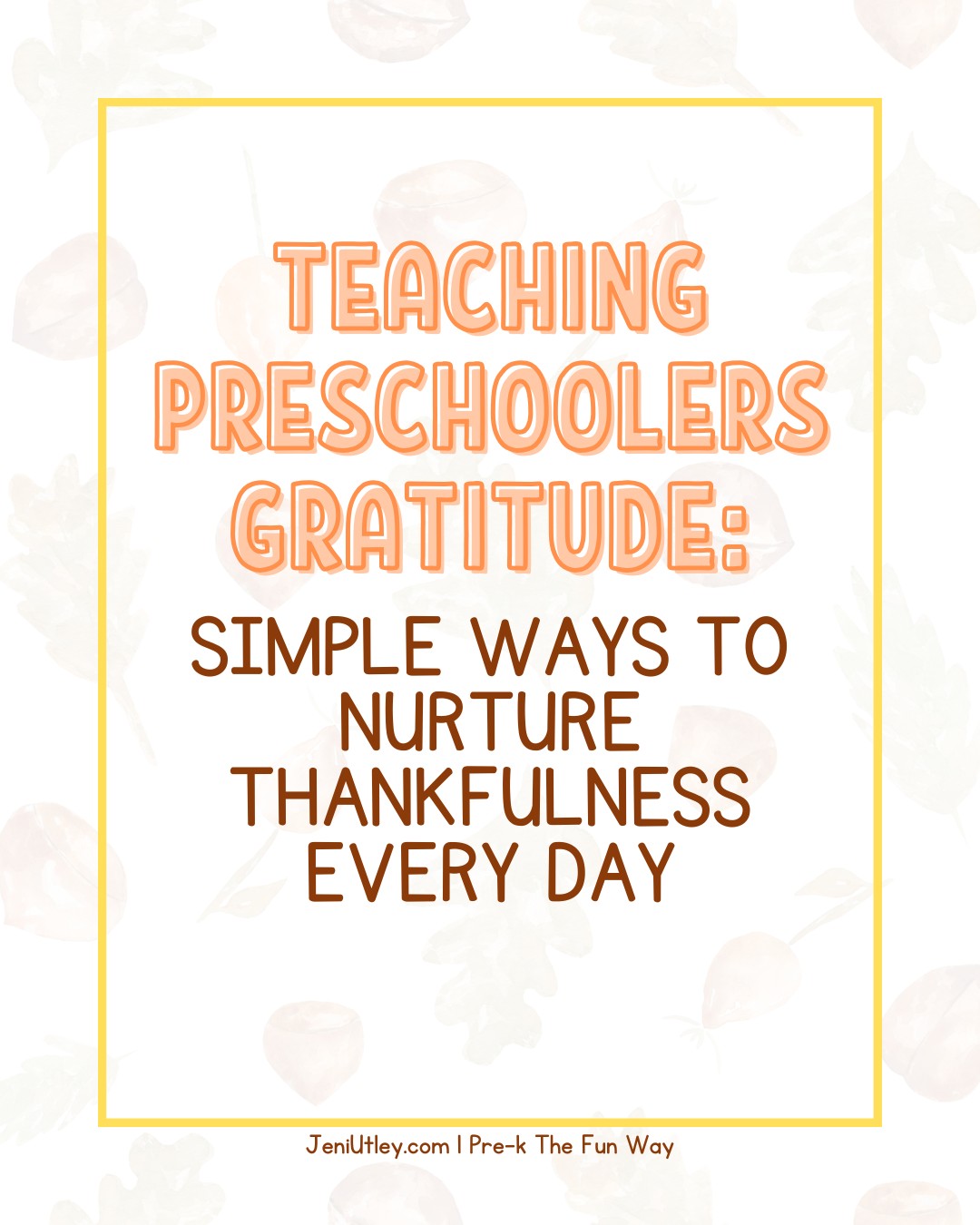


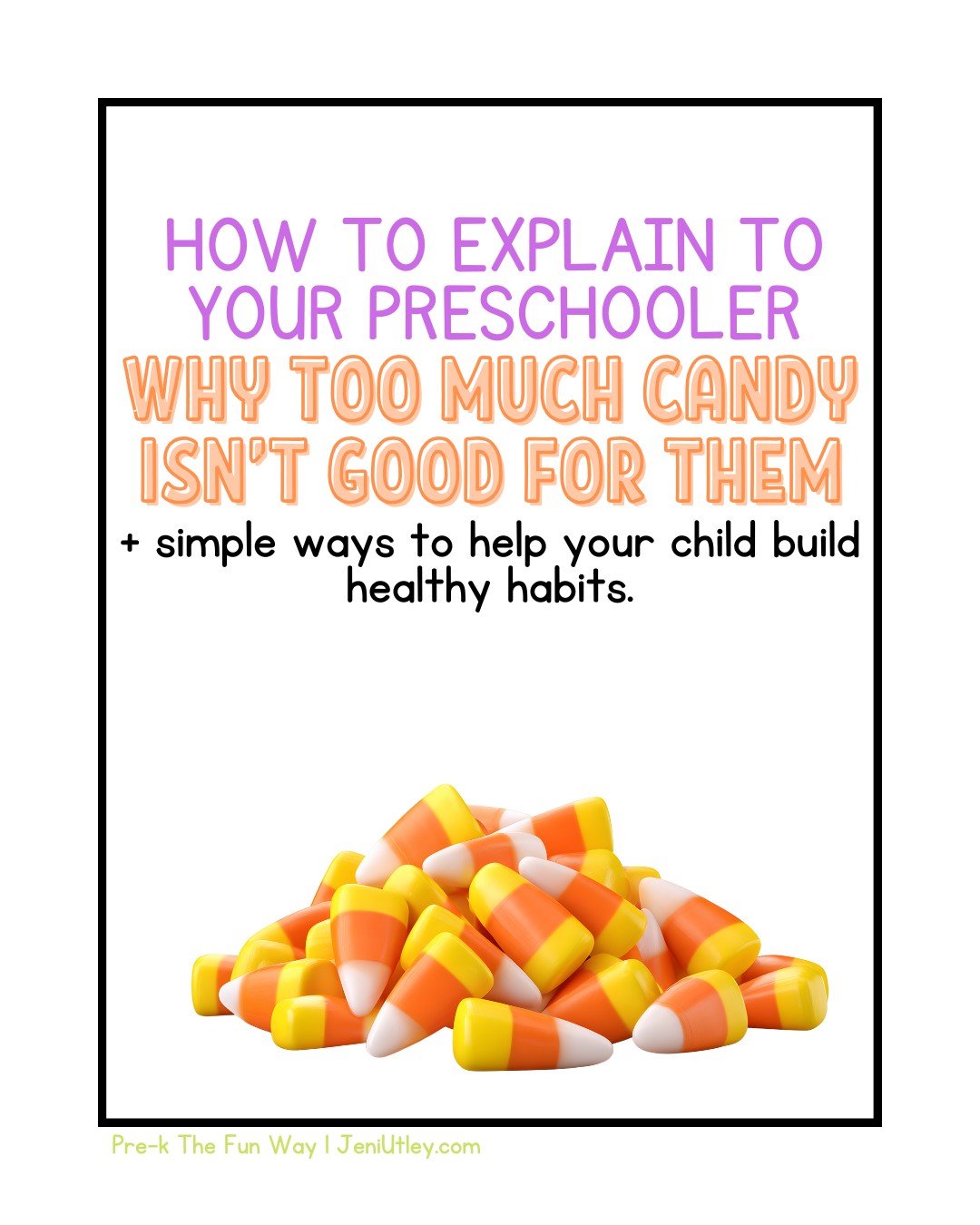







0 Comments